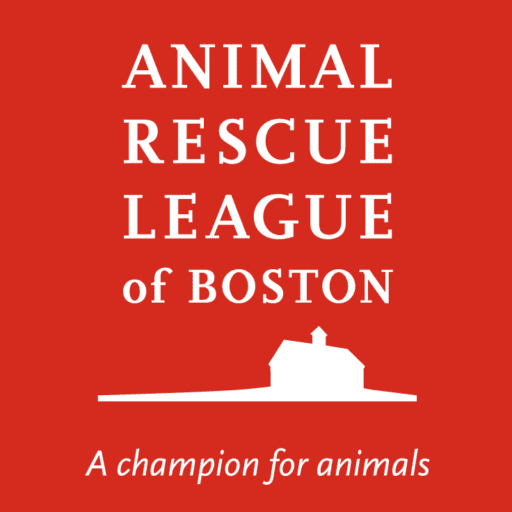Animal Sexual Abuse
Animal cruelty can take many forms. Animals can be subject to physical abuse, neglect, or suffer from hoarding situations. The acts of abuse can be intentionally, negligently, or recklessly inflicted. Whatever the manner and intention of the infliction of abuse, as a humane organization, it is important to be able to properly recognize, and be prepared to respond to, any type of animal cruelty.
Animal sexual abuse, although less frequently mentioned than other types of abusive behavior, has increasingly been the subject of veterinary science as well as criminology. Animal sexual abuse can involve a distressingly wide range of animals and can result in a wide spectrum of injury including death. As with many subjects which are difficult to discuss, there may be little opportunity to confront or correct misinformation – such as the notion that sexual abuse occurs solely on farms and involves animals which are large enough not to be injured.[1] It is difficult to quantify the number of victims because the victims cannot report it; physical injury may not be present; or the injuries, because they are seen infrequently, may be attributed to something other than sexual abuse.
In addition to the acts committed directly by the perpetrator, animal sexual abuse may involve a person “aiding and abetting” another to abuse an animal, such as providing their own animals to another for abuse. There may be photographs or videotapes made for further dissemination. Finally, the acts may be part of a larger circle of abuse, the abuse to the animal being used to coerce and intimidate human victims of abuse in order to gain their silence. [See position paper The Link].
Currently, M.G.L. c. 272 §34 is generally considered to be the criminal statute addressing animal sexual abuse (crimes against nature). The language of M.G.L. c. 272 §34 is archaic, still using some of the language of the original sodomy statute enacted in 1672. The crime is defined as “the abominable and detestable crime against nature” which is, more likely than not, unconstitutionally vague and therefore unenforceable. The statute also employs the use of the word “beast” which is undefined and differs from other statutes which refer to animals.
Although it is possible that the prohibitions under both M.G.L. c. 266 §112 (malicious killing of an animal) and M.G.L. c.272 §77 (anti-cruelty) could be applied to some crimes involving animal sexual abuse, the fact remains that no statute currently and specifically defines animal sexual abuse. None of the statutes has an “aiding and abetting” provision; and none addresses the potential use of photographs or videotapes of the incidents.
The Animal Rescue League of Boston (ARL) believes animal sexual abuse is poorly understood by law enforcement, social agencies and veterinarians. The crimes cannot be properly investigated by law enforcement, properly detected through forensic veterinary examinations, or properly addressed by prosecutors and the courts, if discussion of the crimes is avoided or if the definitions are shrouded in vague and confusing language. The laws in Massachusetts need a specific, legally enforceable standard. The ARL believes that the serious, and often times fatal, nature of these acts needs to be explained in detail to courts and prosecutors. The ARL further believes that the veterinary community needs to be alert to the existence of these crimes and be prepared to seek further information when unexplained injuries have occurred. Finally, the ARL believes that law enforcement investigators and social agencies who deal with members of a household where abusive behavior is present need to be alert to the existence of these crimes and their impact upon other household members.
Therefore, the Animal Rescue League of Boston will:
- Draft and/or support the enactment of a new criminal statute which will specifically define all forms of animal sexual abuse; which will prohibit actions such as aiding and abetting including providing an animal for abuse by another; and will provide for enhanced penalties for any person who organizes, promotes, advertises, aids, abets, or performs any service in furtherance of an act involving animal sexual abuse;
- Encourage comprehensive training of law enforcement personnel and social welfare agencies to provide a comprehensive overview so that all personnel are aware of the potential of animal sexual abuse in an abusive household situation;
- Encourage specific training of veterinarians in the area of animal sexual abuse and in the detection of injuries which may be attributable to animal sexual abuse.
[1] Munro, The Veterinary Journal 172 (2006), Animal sexual abuse: A veterinary taboo?
Click here to read more ARL Policy and Position Statements.
